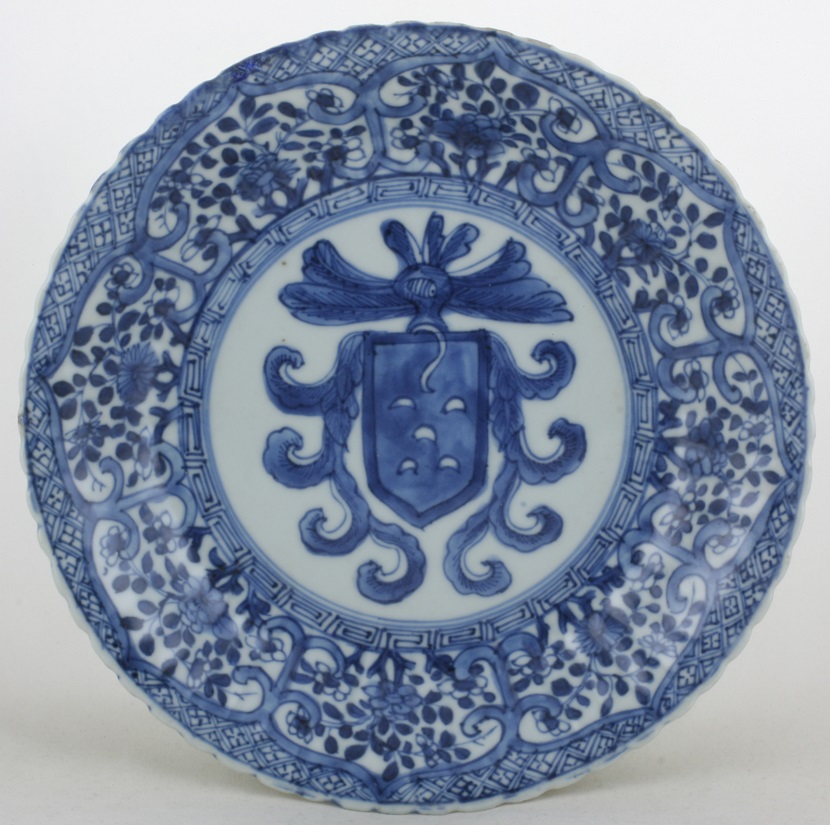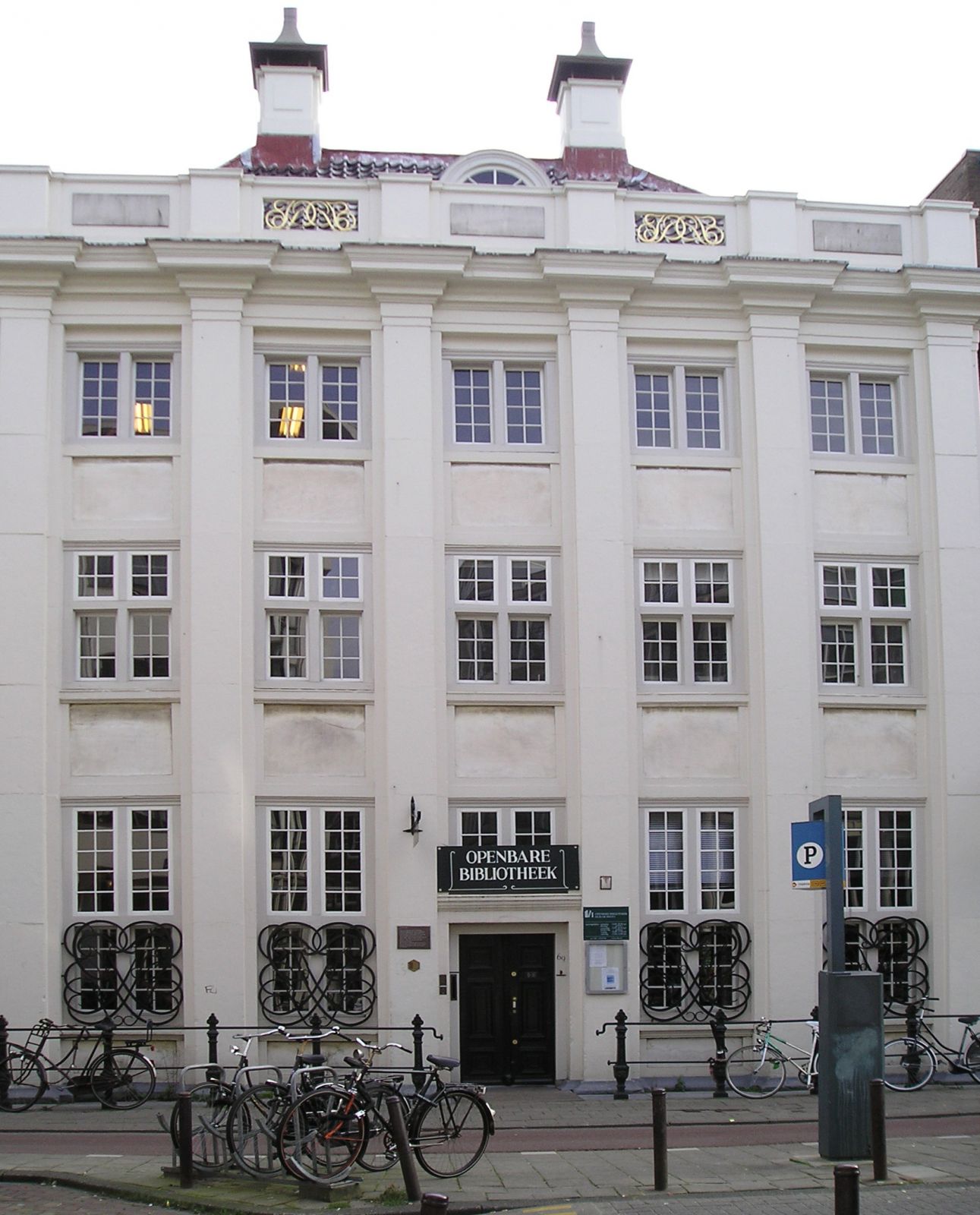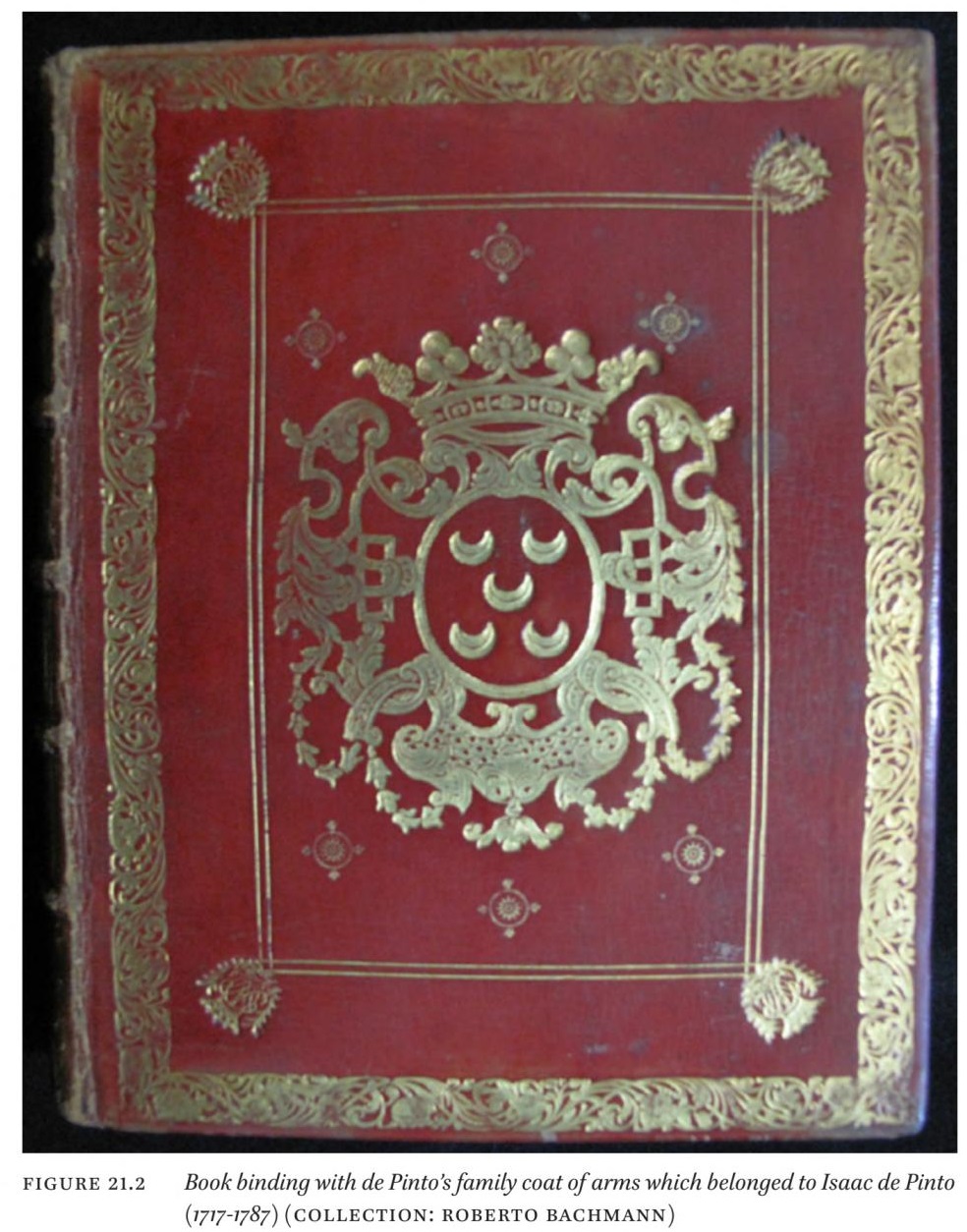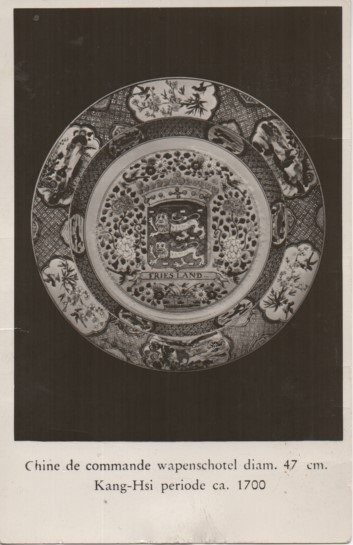
Sold Ceramics - Sold Chine de commande - Armorial / Pseudo-Armorial wares 1700-1800 - Armorial - Dutch - Page 1
Object 2012514
Dish
China
c.1700
Provenance: Fa. A.C. Beeling & Zn, Hofleverancier (seller to The Dutch Royal House), Leeuwarden, the Netherlands.
Height 35 mm (1.38 inch), diameter of rim 214 mm (8.43 inch), diameter of footring 115 mm (4.53 inch), weight 333 grams (11.75 ounce (oz.))
Moulded dish on footring, lightly foliated rim. Decorated in underglaze blue with the coat of arms of the De Pinto family within a meander-pattern border. On the sides eight lappet panels filled with flowering chrysanthemum. On the rim a lozenge diaper-pattern border, with a meander pattern at the well. On the reverse two widespread flower sprays. On the base the remains of an old paper dealers label.
The coat of arms belongs to the De Pinto family. It has five crescents (two-one-two) and the crest a plume of three ostrich feathers. The arms on several examples differ from the original with inverted crescents and once ovals. The De Pinto family of Portugal bore a white shield with five red crescents, and in blue would have been painted as blue crescents on a white ground. (Howard & Ayers 1978, p.63), (Kroes 2007, p.107)
The De Pinto family were Jewish and came from Spain and Portugal, arriving in Rotterdam and Amsterdam about the middle of the 17th century. Later, in the third quarter of that century, they also settled in The Hague. The De Pintos became very wealthy and lived in grand style in patrician homes and landed estates. Several members of this family could have commissioned this porcelain, such as David Emanuel (1652-1712) or one of his three cousins: Mozes (c.1654-1729), Aron (died (1718) and Joseph died (1740). Mozes and Aron lived in The Hague and the famous philosopher Isaac de Pinto (1717-1787) was Aron's grandson. David Emanuel and Joseph both lived in Sint Antoniesbreestraat in the Jewish quarter of Amsterdam. David Emanuel, the wealthiest member of his family, probably commissioned this Armorial porcelain.
David Emanuel de Pinto (born Rotterdam, 1652; died Amsterdam, 27 October 1712) inherited his patrician house in Sint Antoniesbreestraat, no.69, from his father Isaac who had bought it in 1651 for fl.30,000. (Kroes 2007, p.107)

(House De Pinto, Sint Antoniesbreestraat 69, Amsterdam. source: Jewish Cultural Quarter)
David Emanuel rebuilt it in 1686 with a new and impressive front that can still be seen today. His estate on his death in 1712 consisted of approximately fl.800,000 and his two houses in Sint Anthonisbreestraat were valued at fl.4,500 and fl.1,000. He married his cousin Rachel de Pinto (c.1653-1718), but they had no children. (Kroes 2007, p.107)

(source: R. Bachmann, 'Chinese porcelain Ordered by Portuguese Jews in the Diaspora', from: Portuguese Jews, New Christians and 'New Jews'. A tribute to Roberto Bachmann, Claude B. Stuczynski/Bruno Feitker (ed.), Leiden/Boston 2018, chapter 21, pp. 476-478, incl. fig. 21.1 (dish) and fig. 21.2 (Armorial on book. (the book is not included in this sale/offer)
Of these type of dishes three sizes are known ranging from 180 mm (7.09 inch) to 267 mm (10.51 inch).
For an identically shaped, sized, and decorated dish, please see:
- Porcelaine de le Compagnie des Indes, (M. Beurdeley, Office du Livre, Fribourg, 1962), p.189, cat. 154.
- China for the West. Chinese Porcelain and other Decorative Arts for Export illustrated from the Mottahedeh Collection, (D.S. Howard & J. Ayers, Philip Wilson Publishers for Sotheby Parke Bernet Publications, London 1978), vol. 1, p.63, cat. 17.
- Oosterse keramiek uit Groninger kollekties exhibition catalogue Groninger Museum, (C.J.A. Jörg, Martinipers/Wolters-Noordhoff, Groningen 1982). p.62, cat. 92.
- Chinese Armorial Porcelain for the Dutch Market, Chinese Porcelain with Coats of Arms of Dutch Families, (J. Kroes, Waanders Publishers, Zwolle, 2007), p.107, cat. no. 4.
- Porzellanschätze der Kangxi-Zeit / Porcelain Treasures of the Kangxi Period, (Exhibition catalogue, Deutsch-Chinesische Verlagsanstalt, Düsseldorf / Beijing 2015), pp.144-145, cat 77.
- Ashmolean Eastern Art Online.
The dish was aquired from the estate of a deceased lady from Delft, The Netherlands. A family member stated that his aunt told him that this was a special dish and that she had purchased it in the sixties-eighties of the 20th century at A.C. Beeling & Zoon B.V. Hofleverancier (seller to The Dutch Royal House), Leeuwarden. She even had saved the business card of the firm which still is with the dish today.


I know from experience that at that time, A.C. Beeling had the custom of providing their objects with a rectangular paper label with their name and the period from which the object originated. The original label is now gone all that remains are it's paper residu on the base.

(Example of an original Fa. A.C, Beeling & Zn. Hofleverancier Leeuwarden rectangular paper dealers label with their name and the period from which the object originated.)
Condition: Some firing flaws and frits and a chip to some corners of the rim.
Reference:
Howard & Ayers 1978, vol.1, cat.17
Lunsingh Scheurleer 1989, p.204 & p.235
Bachmann 2018, pp. 476-478, fig. 21.1 & fig. 21.2
Price: Sold.


 create websites
create websites